The region slipped into a power deficit a decade ago, partly due to its old plants failing to match expanding populations and economies.
The region slipped into a power deficit a decade ago, partly due to its old plants failing to match expanding populations and economies.
REGIONAL power supply has improved, with excess power now being generated, but inadequate transmission infrastructure and lack of funds are causing electricity defi cits in some countries, a Southern Africa Power Pool (SAPP) offi cial has said. The region slipped into a power deficit a decade ago, partly due to its old plants failing to match expanding populations and economies, forcing several countries to scramble to build additional generation capacity.
The region's 12 countries combined available capacity rose to 62 000MW in 2015-16, up from 52 000MW at the end of 2012. The situation forced energy-deficient countries such as Zimbabwe to implement punishing load-shedding regimes to cope with excess demand over diminishing generation capacity. The country currently generates about half of its 2 000 megawatt demand, and has been augmenting power supplies through imports from South Africa and Mozambique. Harare-based SAPP official, Johnson Maviya, told The Financial Gazette that southern Africa now had enough power to meet the region's demands.
"We are doing very well in terms of meeting demand. The previous years have seen demand far outstripping supply because of a number of issues. We had a period where there were no new plants and the population was obviously increasing and the demand was increasing so we had a situation where we had diminishing generation surplus capacity but a number of plants have since come on board," Maviya said. Over the period, South Africa has brought its 4 800MW coal-fired Medupi power station into production.
The country has also commissioned Kusile power station, another 4 800MW thermal plant. New plants have also been set up in Angola and Zambia. Zimbabwe is expanding its Kariba South hydro-electrical plant and the Hwange thermal station, to add a combined 900MW. "That's a lot. That is obviously going to have an impact on the supply situation. But we also need to plan concurrently with transmission because we cannot have generation without corresponding transmission because we end up having what is called stranded asset," Maviya said.
He added that South Africa, a frequent power exporter to Zimbabwe, was sitting on an excess of 5 000MW. "But the issue of transfer capacity sometimes limits the transfer of that electricity to where it is needed in some other countries and also the issue of funds. So we have to strengthen our transmission so that there is fl ow of electricity from where it is generated to where it is used," he said. Some countries do not have enough funds to import the electricity. The region is planning new transmission lines to connect countries to available power supplies.
"There are a number of transmission lines that are being planned. One is called Zizabona (Zimbabwe Zambia Botswana Namibia) interconnector that will strengthen the western corridor. "The central corridor; Zambia through Kariba, Alaska, Sherwood to South Africa is already congested. That needs to be decongested. We also have the eastern corridor which is Mozambique, Zimbabwe and into South Africa. It is also going to increase transfer capacity," Maviya said. The western corridor is expected to be on line in 2022, while the eastern corridor would be on line in 2025.
- fingaz
 Zimbabwe announces sweeping reforms
Zimbabwe announces sweeping reforms  ZEP holders face renewed uncertainty
ZEP holders face renewed uncertainty  China-Russia LNG pipeline to deliver shock
China-Russia LNG pipeline to deliver shock  ZSE and VFEX recover after weak 1st half
ZSE and VFEX recover after weak 1st half  Gold edges up as traders await guidance
Gold edges up as traders await guidance  Spur wants a bigger bite in Zimbabwe
Spur wants a bigger bite in Zimbabwe  Young Investment Professional (YIP) Graduate Programme 2019
Young Investment Professional (YIP) Graduate Programme 2019 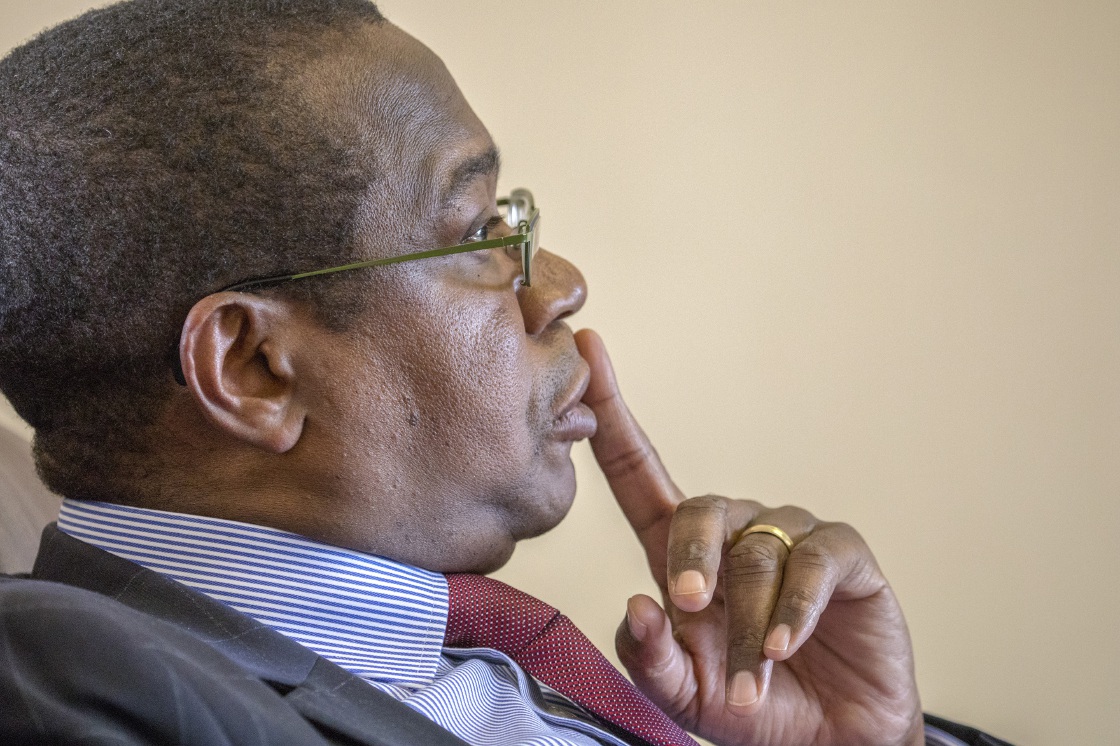
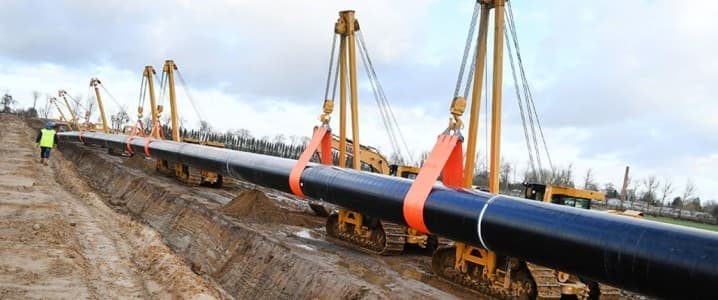


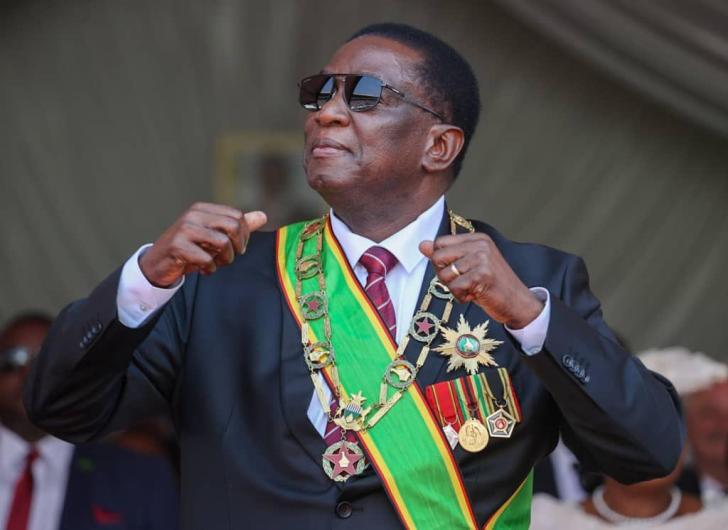


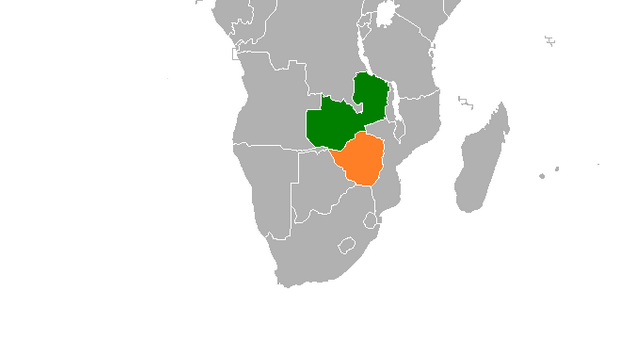
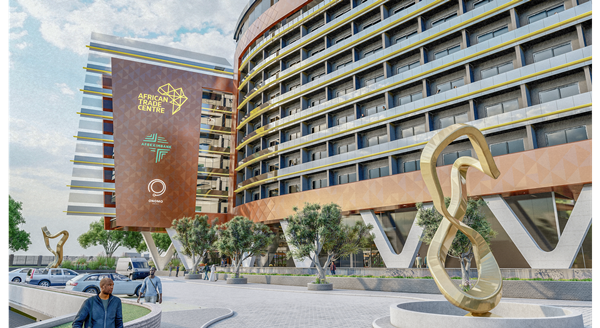
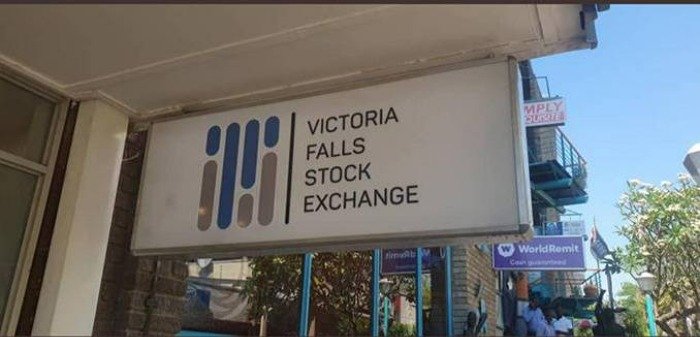

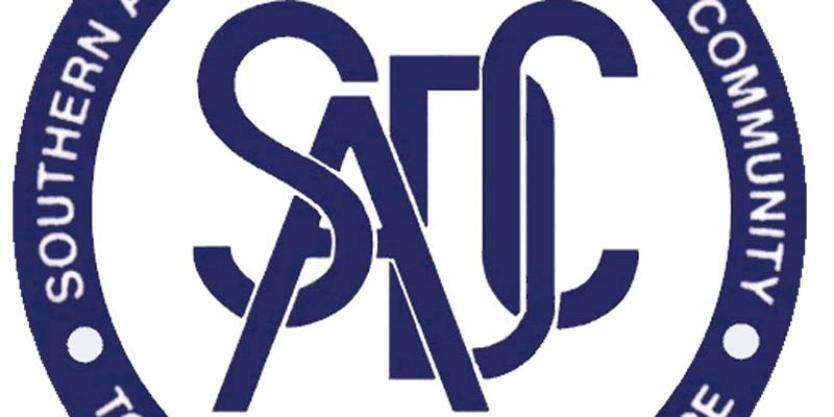
 Young Investment Professional (YIP) Graduate Programme 2019
Young Investment Professional (YIP) Graduate Programme 2019
Editor's Pick